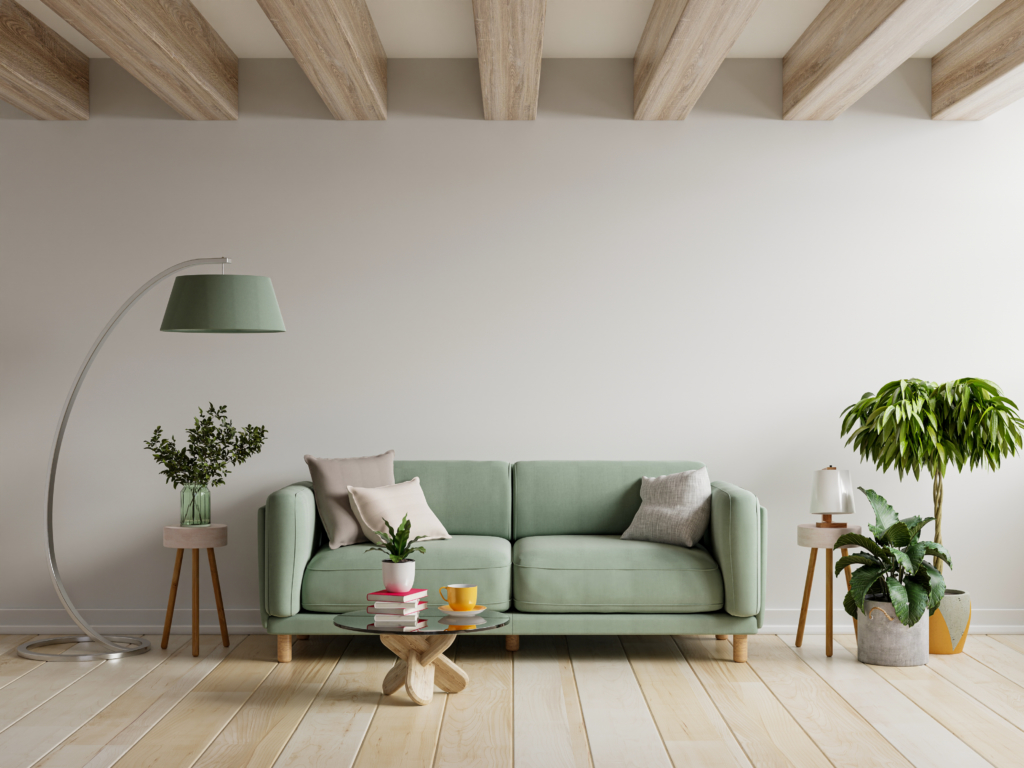Tips for preventing wood surfaces from cracking

Although woodworkers hate cracks, they can seem to be a fact of life, especially when you’re working with large pieces. In this blog, we’ll look at ways you can minimise their impact…or eliminate them entirely.
Let’s first consider how cracks develop.
As befits a once-living material, wood is mobile and responsive to changes in its environment, shrinking or expanding with humidity levels and other factors. These movements occur through every part of the piece, so the centre of a block of timber ought to change size just as much as its outside surfaces.
It doesn’t always work out that way.
Firstly, wood is often subject to very sudden changes. The obvious example would be a house move accompanied by a rapid reduction in humidity or an increase in temperature. Those changes will eventually cause the entire piece to grow or shrink, but in the short term the outside of the wooden object may be affected more than its inside. Such conditions breed differential stresses in the wood, and the result is often a crack – most commonly starting at the cut ends of the wood fibres and extending into the piece along its grain.
Secondly, the design of a particular piece may increase the likelihood of cracking. Bentwood chairs, produced by steaming thin timber and bending it into curved forms, are an extreme example…but in fact, all sorts of domestic carpentry may exhibit cracking if their construction prevents a wooden component from expanding or contracting freely.
These issues are as old as carpentry. In recent years, they’ve been joined by a third concern. As wood gets scarcer, vendors are increasingly turning to kiln-dried timbers. Kiln drying is not an exact science, and rapid drying processes may leave timbers with an uneven moisture content, rendering them more likely to warpage and cracking than their air-dried predecessors.
Wood is strong stuff, but it’s more in need of understanding than brick or stone. In the light of the three basic concerns set out above, here are the things you can do to minimise the impact of cracking.
Choose carefully
If you want your work to be long-lived, pick your timber accordingly. That might mean choosing teak over oak for its dimensional stability, but it might also mean going with a higher-grade batch of the same variety because you think it’s been dried better. (Sorry if this one seems a bit obvious, but timber supplies are presently tight and plenty of professionals have relaxed their standards.)
Staining or sealing
Wood stain or sealer seeps deep into the pores of the wood. It won’t prevent the ingress of water completely, but it will slow it down. This allows more time for the water to be absorbed, lessens differential stresses across the piece…and makes cracks less likely. Stains and sealants should be part of every woodworker’s arsenal, and it’s a smart idea to brief your customer on their uses at handover time. They can then apply a new coat when the time comes!
Paint as protection
Paint doesn’t come with a ‘no crack’ guarantee, but it’s unusual to see painted wood developing cracks. The reason is that the paint layer is impervious to moisture, and can also do a great job of reflecting heat and sunlight away from the surface.
When choosing paints or stains, bear in mind that Redwood is the UK’s leading supplier of Hesse Lignal coatings. This century-old German supplier’s many primers, multi-coat and finishing lacquers are environmentally-friendly, formaldehyde-free, offer fast drying times and extended pot life. Factor in our second-to-none technical back-up service and you can see why Hesse Lignal finishes from Redwood are the first choice for our customers in the marine, shopfitting, furniture and staircase manufacturing industries.
Be the expert
This last recommendation needs to be passed on to your customers, not all of whom will be familiar with the demands of real timber. As a professional woodworker, you can pass on the benefits of your knowledge.
Tell your customer about how special wood is, and how it responds to its environment. Explain the importance of protecting it from extremes of temperature and humidity, and the need to protect it from steam and from water splashes. Show them how to polish it and look after it. If you can pass on your enthusiasm, there’s a good chance that they’ll get more out of their wood.
